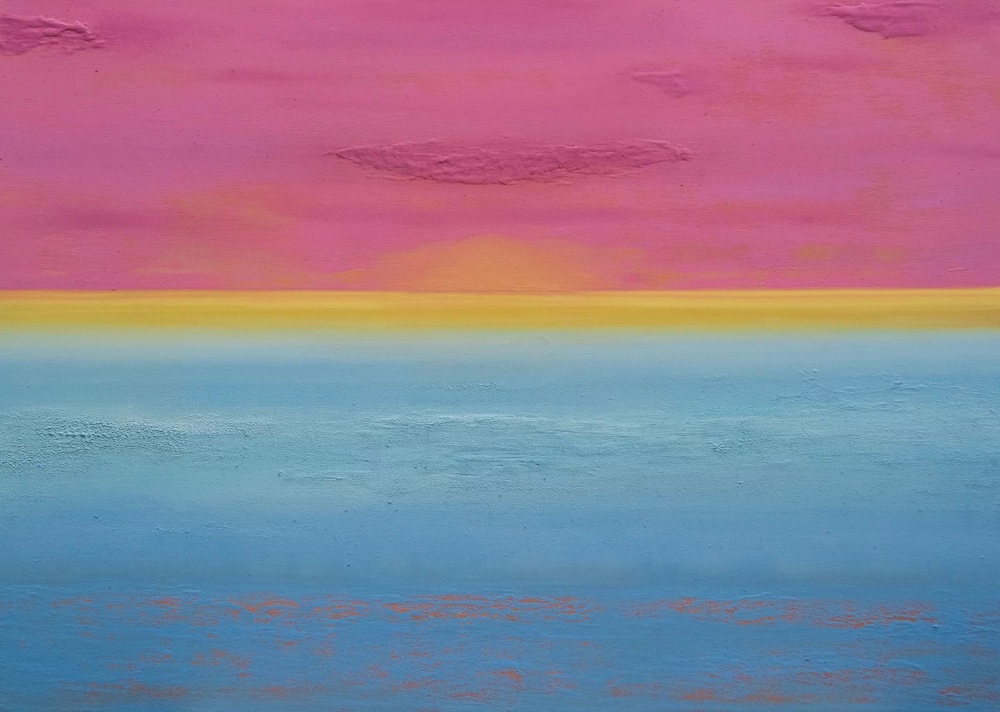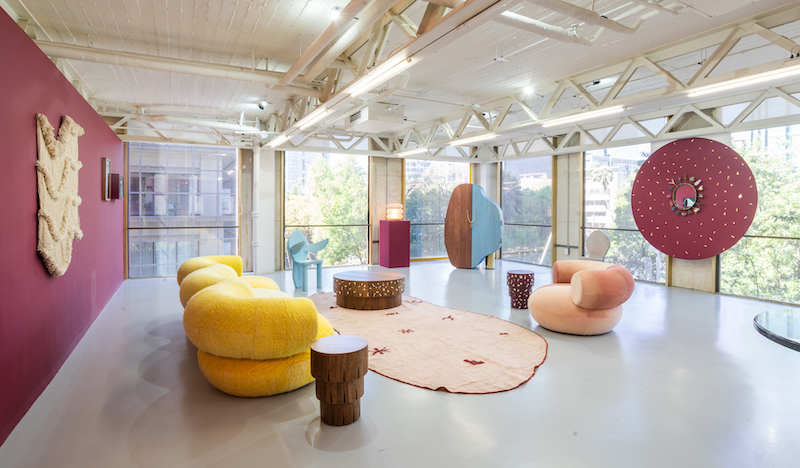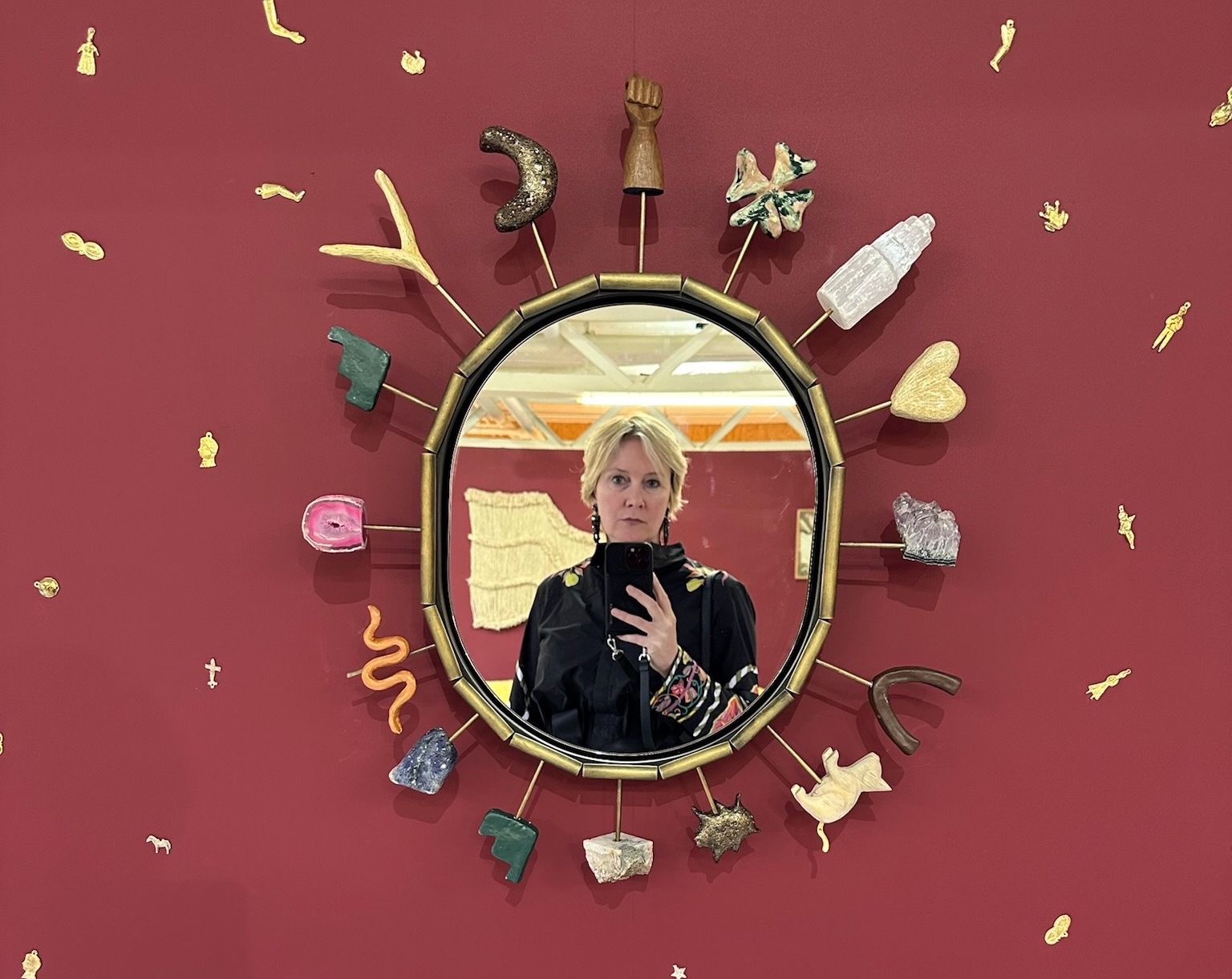In June 2022 after a detailed four-year restoration, Casa Polanco opened as a distinguished member of The Leading Hotels of the World and the HAMAK Hotels Collection. The 5-star luxury villa gained acclaim from the start with a peaceful environment adorned with luxurious touches—from private terraces and a spa cabin to art and design objects adorning its many spaces. Seen throughout the historic manor, which fuses Californian and Spanish colonial revival architecture, are a myriad of 19 heavenly suites that showcase special details like palatial walnut floors and rain showers. Curated libraries, an in-house gym, and a cocktail terrace also await.
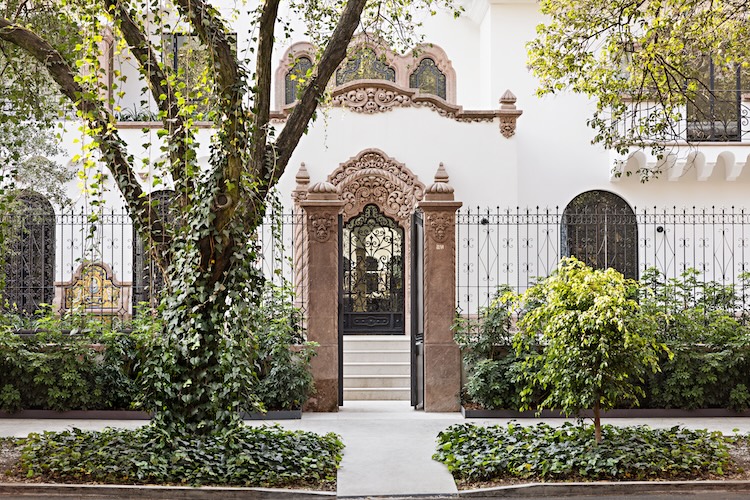
Photo by Karyn Millet, courtesy of Casa Polanco.
Of note is Casa Polanco’s private art collection, which can be experienced throughout the villa, featuring works by artists like Jordi Boldó, Ricardo Pinto, Graciela Iturbide and Robert Polidori. Whitewall spoke with the hotel’s curator, Santiago Toca, about how he approached selecting art for the space and where he hopes visitors check out while in town for Mexico City Art Week.
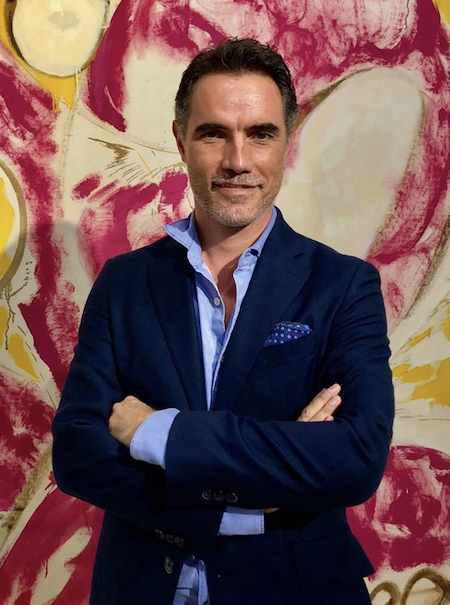
Santiago Toca, courtesy of Casa Polanco.
WHITEWALL: How did you approach curating Casa Polanco’s art collection, seen in its 19 suites, library, spa, gym, and more?
SANTIAGO TOCA: The art collection follows the story of the hotel—of the original casa. Here we have California, Spanish-inspired, even Moorish influences in a house that sits along a very contemporary building by a splendid contemporary architect.
Architect Claudio Gantous took on the restoration and renovation of the historic structure (the original house) and built the adjacent modern building which takes most of the rooms in Casa Polanco and gives it a very contemporary feel. I worked hand-in-hand with the owner, Octavio Aguilar, and our idea was to achieve two things at the same time: On the one hand, we wanted to give the visitor a sense of place, so that it’s very clear that you’re not in Hong Kong or Miami, but in Mexico.
This is where the work of the Mexican photographer Graciela Iturbide, who is now in her 80s, comes into play. Graciela’s black and white images, photographs of somewhat small scale, have become a part of Mexican contemporary history, really. And they evoke the Mexican spirit, the Mexican countryside, and they render the native people. There’s one of the corsets worn by the painter Frida Kahlo, a beautiful and poignant piece. So, we thought this was a good starting point, the Graciela Iturbide photographs. But then, Octavio and I are also very much aware that Mexico City had become an international art capital, and that many of Casa Polanco’s clients are part of a sophisticated international crowd.
And this is where abstract art comes into play. I like that abstract art is not didactic, it’s not telling you how to feel. For that reason, we thought about the work of Ricardo Mazal for the library and the foyer. Two of the rooms feature original works by Ricardo Pinto, and the rest have works by Jordi Boldó, all abstract artists.
One thing we wanted to avoid was using the typical approach, which is to take one or two works, and just repeat them through the hotel or the rooms. There is no single work in Casa Polanco that is a multiple. In all the public areas and in each of the rooms, every work is an original piece. Finally, as a nod to our Latin American consciousness and the avant-garde, we placed a photograph of Havana by the celebrated French-Canadian photographer Robert Polidori.
Another thing we wanted to convey was not just a sense of the park across the street, or a sense of Mexico City, or even the country, but a sophisticated sense of Latin culture in all its grandeur. By being Mexican, you’re in dialogue with Spanish culture, European culture, Mediterranean culture – and because of that – with all Latin America.
Like the rest of Casa Polanco, certainly its art collection, its design and architecture reflect multiple layers of time and style. Casa Polanco is, by definition, eclectic. And so is Mexico. So, there is Spanish architecture, Moorish architecture, and Mexican Hacienda architecture, with the contemporary tower in very sleek, straight-line forms by the splendid Mexican architect Claudio Gantous.
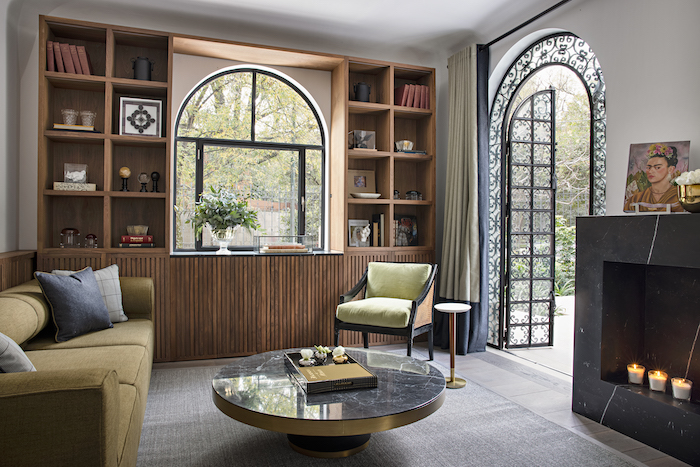
Courtesy of Casa Polanco.
WW: You’ve also curated music for Casa Polanco, is that correct?
ST: Yes! [laughs]. I am a real musicophile, so I ́ve created several playlists for different times and settings at the hotel. One of them is called “The Heart of Casa Polanco”: EL CORAZÓN DE CASA POLANCO – CHECK IN. In this playlist, we start off with music by Toña La Negra, a black woman from the coastal town of Veracruz, Mexico. She was very active in the 1940s, just when the original house of Casa Polanco was in full bloom. She sings the songs of Agustín Lara, who is the Mexican equivalent to Cole Porter. What glamour and finesse! What a voice! And we go all the way to present-day Natalia Lafourcade and her rendition of works in the Mexican and Latin American vernacular. If you listen long enough, you will find some tango music from Argentina. You will encounter the extraordinary bandoneon player Dino Saluzzi, and you will find some tropical and cumbia rhythms from Venezuela. There’s a heavy concentration – because they’re just extraordinary musicians – of Cuban music. And then I put in some flamenco music and songs by Spanish artists, which like I said is part of our history and our heritage. I finished by going all the way to France with the modern “chanson”, and Italy. The playlist gives you a sense of Latin culture, Mediterranean culture and Latin American culture. Just like the hotel.
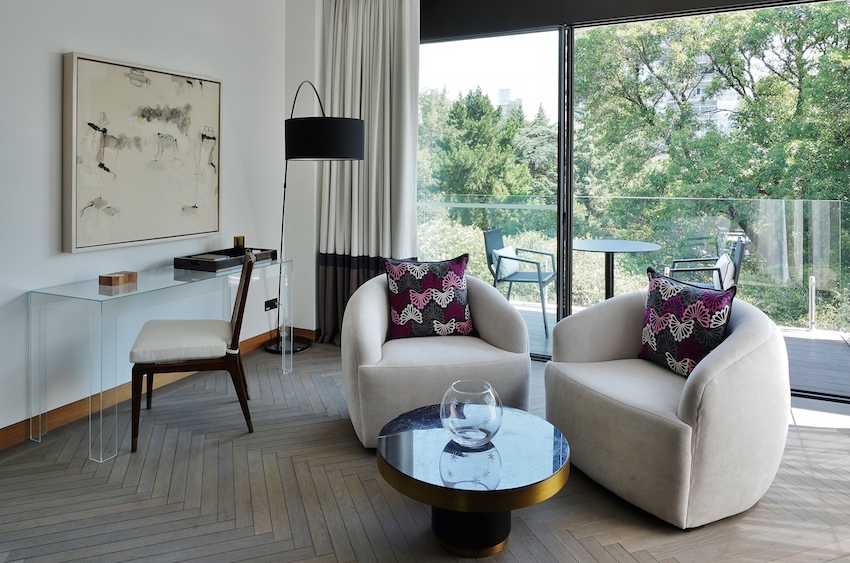
Courtesy of Casa Polanco.
WW: The artwork combines pieces from the hotel owner’s personal collection with carefully selected pieces. What are some private pieces seen in the space? Are there any specific pieces that stand out to you and why?
ST: Casa Polanco is a boutique hotel in the best sense. What that means is that it is not a corporation or a large group behind it making the decisions in a corporate conference room. Rather it is an individual, Octavio Aguilar and his closest associates and family taking care of the place to the highest standard and treating it as if it were in their own home, their “casa”.
In this regard, the collection of Casa Polanco reflects the owner’s taste. I can specifically refer to the work of Ricardo Mazal. There is now a triptych sitting on the library, which is first to your right as you go in, and there’s another painting by Ricardo Mazal on the left- hand side on top of an ornate table immediately as you enter. It is pretty much agreed upon that Ricardo Mazal is Mexico’s most important abstract painter alive. And Octavio started collecting Ricardo Mazal many years before he even thought of going into the hotel business or buying the original house of Casa Polanco. So, I take it as a proof of his commitment and devotion to the hotel and its clients that he literally took several paintings from the walls in his home, also in the Polanco neighborhood, and hung them at the hotel. At some point I even questioned if this made sense from a business standpoint – because they’re not inexpensive pieces. I wondered if it was worthwhile to put such expensive pieces on the walls of the hotel. Artworks that are so close to his heart and part of his personal collection, and would anybody care?
Casa Polanco is a new icon in the city, running on its second year. What I know now about the hotel is that every decision the owner has taken – from bathrobes, towels to slipping mattresses and of course, the art – has confirmed to me that Octavio was right in thinking of the place as his own house and not immediately thinking of cost-benefit balance. The word about Casa Polanco has gotten around, there are a lot of repeat customers and many international and domestic publications have featured Casa Polanco in great detail. I believe this can be attributed to the fact that Casa Polanco is not a regular hotel, and the art collection further reflects this.
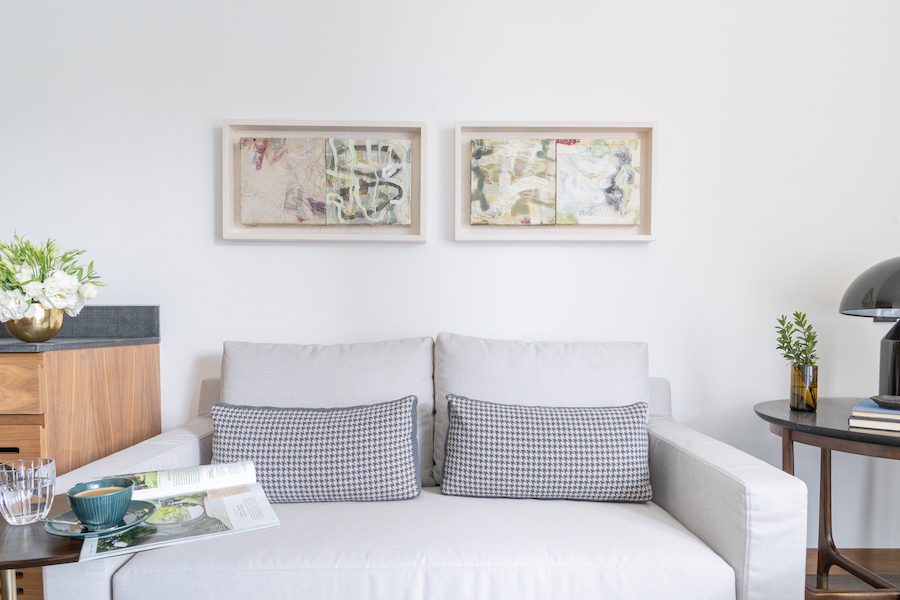
Courtesy of Casa Polanco.
WW: What dialogue did you want to create with this mix?
ST: Like I said before, the dialogue reflects not only the reality of what Casa Polanco is, but the reality of the Polanco neighborhood and Mexico in general. Mexico City specifically and Mexico as a country holds a very historic and profound culture. It is a very rich culture that goes way back in time with the pyramids, colonial style, modernism and its many languages, its multi-ethnicity. But the neighborhood of Polanco and especially Casa Polanco, is in very close dialogue with an international public, what it means to have a contemporary art collection and what it means to executive and deliver the experience of a luxury hotel at the highest standard every day. The collection reflects this, and it goes all the way back to the indigenous heritage with the work of Graciela Iturbide, and all the way forward with three contemporary and innovative painters, Jordi Boldó, Ricardo Pinto, and Ricardo Mazal, and closes with very international artists like Robert Polidori, whose work spans all over the world.
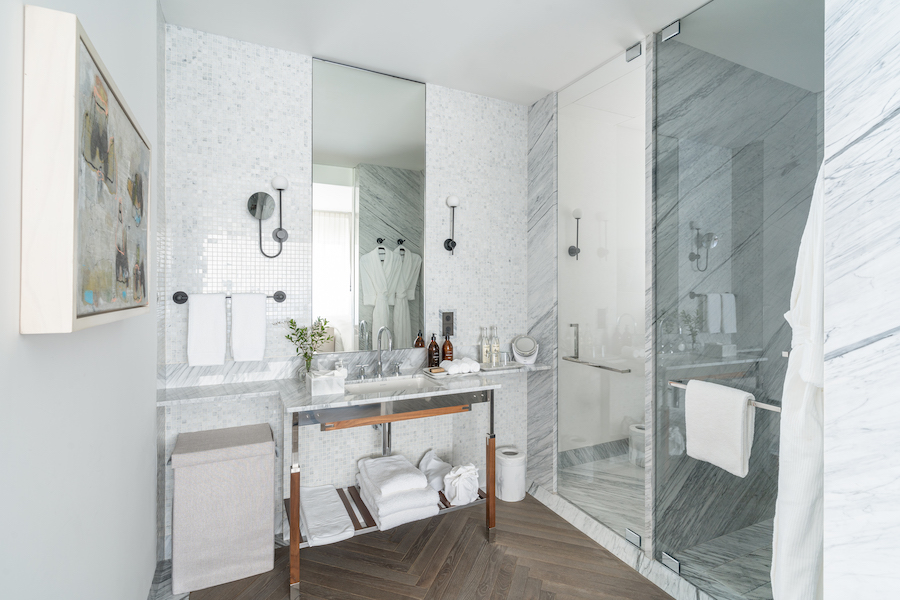
Courtesy of Casa Polanco.
WW: In the collection are contemporary Mexican art pieces by names like Graciela Iturbide, Ricardo Mazal, Jordi Boldó, Ricardo Pinto, and Robert Polidori. What is one not-to-miss artwork at the hotel?
ST: One of my favorite spaces is the library or lounge, which you immediately see as you enter the casa on the right-hand side. It is striking. It’s part of the public spaces of Casa Polanco and here you see eclecticism at its very best. Sometimes, when people say eclectic, what it really means is that there is no style or guiding principle and they just put things together that make no coherent sense and somehow try to make them work. This is not the case at Casa Polanco.
In the library, there are beautiful chairs and a beautiful lounge in emerald green that just looks timeless and elegant. On top of that, there is a large triptych, which was made on commission by the abstract artist Ricardo Mazal. This triptych painting represents birds in flight. It’s an abstract work, so it’s not literal. They’re migrating birds. What better way to evoke the sense of a hotel and a city in transit than migrating birds, which we all are.
And right next to this painting is a beautiful photograph with the blue skies of Havana by the international artist Robert Polidori.
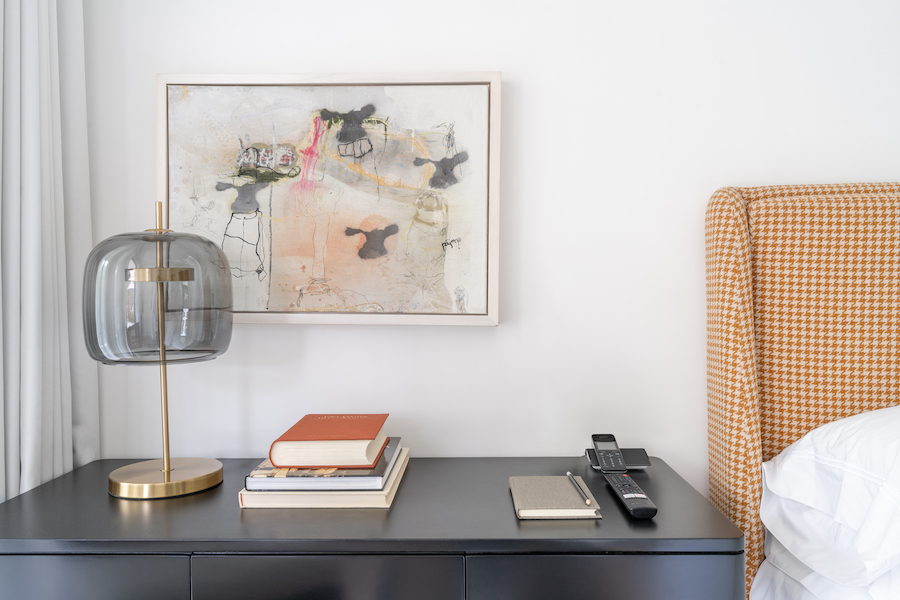
Courtesy of Casa Polanco.
WW: You’re a curator, but an art critic, too. What are some of your favorite presentations on view in the city right now?
ST: If you’re visiting CDMX for the first time, or are not familiar with the city, I would of course recommend going to the Palacio de Bellas Artes, the fine arts palace or museum, which houses the work of muralists in Mexico City. It has an art deco interior and a neoclassical exterior. Quite funky and stunning with a lot of history behind it. There’s a theater and several exhibition halls, but in the public areas you will mostly find the work of David Alfaro Siqueiros, Diego Rivera, José Clemente Orozco, and the great colorist, Rufino Tamayo, a personal favorite.
My next stop would be the museums by the Chapultepec Park. I would visit the Anthropology Museum, which again gives you a sense that Mexico is a place where culture goes way back and has many, many layers. Right across the street is the Museum of Modern Art, a modernist landmark building by the architect Pedro Ramírez Vázquez, with a beautiful permanent collection. It’s always in dialogue with design, architecture and history. The exhibitions there are always interesting.
Finally, also in the Polanco neighborhood, I would visit the Jumex Museum. The building was designed by Pritzker Prize winning architect David Chipperfield, and it houses the contemporary art collection of the family behind the juice and canned food empire called Jumex. Again, Jumex confirms the sense of Mexico and its capital a creative hub that is in dialogue with the finest in architecture, arts and crafts.
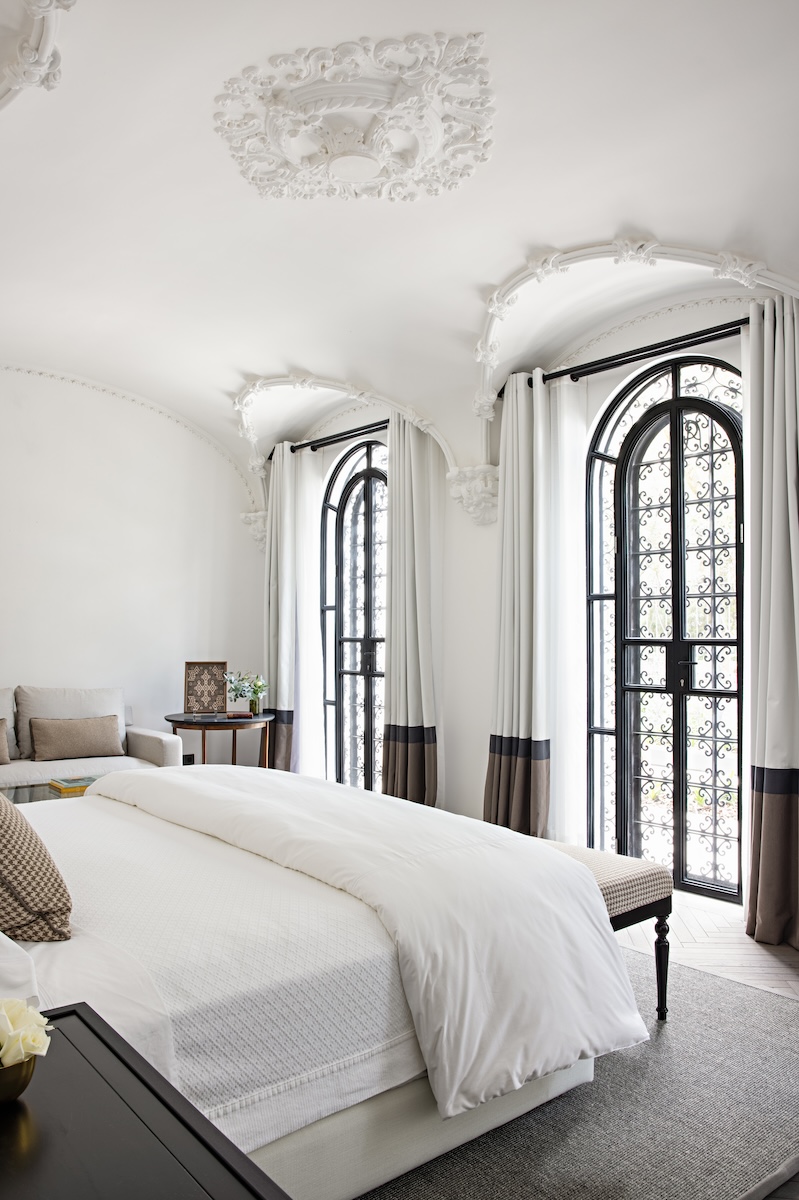
Photo by Karyn Millet, courtesy of Casa Polanco.
WW: How would you describe CDMX’s art landscape on a global stage?
ST: The landscape of Mexico City’s art production is very dynamic and very much alive and open to innovation. First, all things considered, Mexico City is not as expensive as some international art capitals like New York, London, Paris, or even Berlin or Beijing. One can still find affordable places and food. This aligns with good connections and flights to a lot of capitals, especially in the U.S.
The ZONAMACO art fair celebrated its 20th anniversary this year and has represented a move towards professional representation and programming for Mexican galleries, but also the influx of international galleries establishing branches in Mexico City. You have an environment conducive to production at the highest standards. It’s a multilayered and profound culture in design, arts, architecture, food, etc. This makes for an inspiring place to produce and promote creative work.
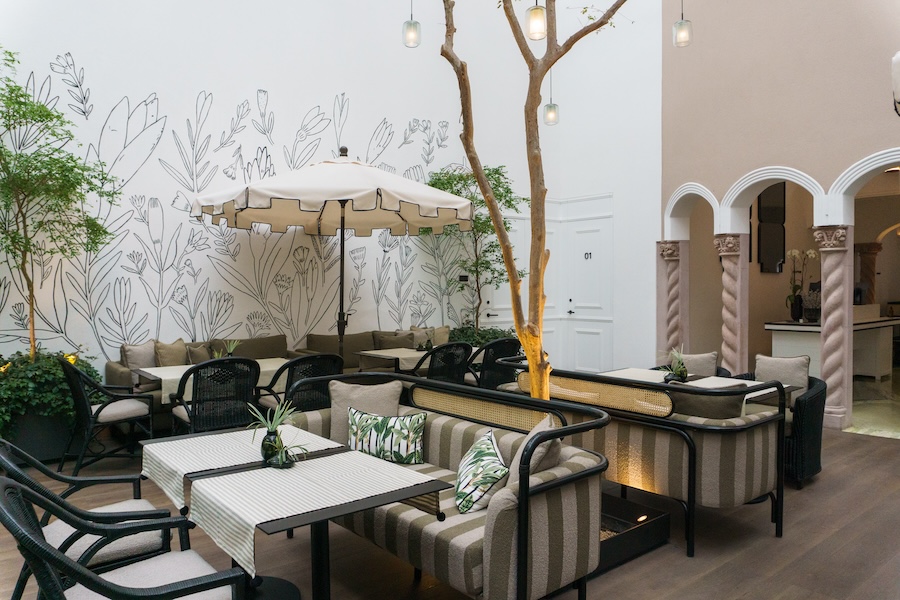
Courtesy of Casa Polanco.
WW: Where do you recommend those visiting CDMX for ZONAMACO to eat, see art, shop, or relax?
ST: Where to eat? Of course, I would start with classical places of Mexican cuisine. Everybody loves Pujol and Contramar. I would instead guide you to the iconic restaurant Nicos. It has been in business for more than 40 years and offers a sophisticated and up-to-date take on traditional Mexican cuisine. Maximo restaurant in Roma Norte is my personal favorite. The personal story of Chef Lalo is incredible and everything he touches is transported it to a new realm. A true virtuoso.
In Contramar, the food is great and so is the scene. It’s a place to see and be seen, and it serves food from the Pacific. If you can’t get a table there, or you want a more intimate experience, there is a great small venue within walking distance from Casa Polanco called Del Mar that serves seafood from the Sea of Cortez. It’s not expensive, it’s good, tortillas are handmade. The real deal.
My recent discovery with good food and live tropical music for a night out is PALAPA on the Juarez district. It’s hard to think you ́re in the middle of a big town. The place feels like a garden in the Caribbean. Incredible the inventiveness of this city.
Two places to shop Mexican crafts in a curated environment: ONORA is a small shop in Polanco with beautiful objects for home and wear, executed by Mexican artisans; Utilitario Mexicano is an original and fun spot for inexpensive Mexican design, again, in the hip neighborhood of JUAREZ (walking distance from Soho House). Finally, if you want to relax, a great place is Chapultepec Park right at the center of the city – almost 2,000 acres or nearly two-and-a-half times the size of Central Park in NYC – good for a stroll, to run, or go on a bike.




